- Facelift
- Eye
- Eyelid Revision
- - Cause of depressed scar and eyelash eversion
- - Pretarsal fullness “Sausage deformity”
- - Triple folds (Multifolds)
- - Shape of double eyelid
- - Epicanthoplasty revision
- Primary double eyelid surgery Nonincision Partial-incision, incision
- - Primary Double Eyelid Procedure
- - Non-incision & Partial incision Suture ligation technique for double eyelid folding/ Non-incisional Blepharoptosis correction
- - Incisional Blepharoplasty procedure
- Epicanthoplasty lateral canthotopy lower traction
- - Epicanthoplasty
- - Lateral Canthotomy and canthoplasty outside further opening
- - Lowerlid traction
- Blepharoptosis Correction/Eye opening enhancement
- Eye bag, Transconjunctival blepharoplasty, Midface enhancement
- For Middle Age
- - Sagging eye
- - Lower Blepharoplasty
- Eye surgery Notices
- Nose
- Nose reoperation
- Low Nose
- - Low Nose Surgery
- - Reduce nose (Osteotomy)
- Male Rhinoplasty
- Artecoll Nose Surgery
- Nose tip surgery
- Wing of nose surgery
- Short nose, long nose
- Columella plasty
- Hump Nose deformity, Aquiline nose
- Corrective Rhinoplasty for Crooked Nose, Nasal Septal Deviation
- Nostril Reduction
- Rhinoplasty Notices
- Facial contouring
- Breast / Body contour
- Breast enlargement surgery
- - Drop-shaped Breast Surgery
- - Circular Breast Surgery
- - Fat Grafting Breast Surgery
- Breast reduction surgery
- Drooping breast correction
- Nipple Surgery
- Gynecomastia
- Polymastia
- Breast Restoration Surgery
- Breast reoperation
- Breast surgery Notices
- Double S Line
- Liposuction
- Abdominal Plastic
- Hip-up Surgery
- Calf Plastic Surgery
- Accusculpt
- Body Shape Injections
- Hair
- Mesotherapy & etc.
Nose reoperation
- 홈으로
- Rhinoplasty
- Nose reoperation
-
Inappropriate ratio, bridge and tip
The upper part of the nasal bridge can be augmented easily because the underlying nasal bone is rigid. On the other hand, the nasal tip is hard to be built up due to soft cartilage framework of the tip. Frequently, over corrected nasal bridge with insufficient tip projection evokes unnatural inappropriate ratio of dorsum and tip.
Uppper part of nasal bridge is augmented too much with injectable filler with low profile tip projection. Unnatural highlight on the upper nasal bridge is seen on the frontal view -
Visible implant underneath the skin envelope
The silhouette of implant can be revealed through the skin due to inappropriate size or malposition. It is rarely because of the thin skin envelope rather definite contrast between highlight of the implant prominence and shadow of step deformity along the border. In revision, remodeling of the impant is more important procedure than dermal graft. For example, deviated implant makes prominent contrast on ipilateral side in contrast to the opposite one. After correction of deviation, the step deformity can be improved as well.
-
Wide bridge
The nasal bony width can be reduced for a natural smooth sidewall with bone shaving or cutting the junction of nasal bone. This lateral osteotomy can be done with a precise osteotome safely even under local anesthesia with light sedation. Usually, no nasal packing is needed. Complication includes severe epistaxis within 3 weeks by mild movement of bone flap before healing. It can be managed by simple packing like a general epistaxis and usually never recurr. Internal valve of the nose is definitley safe with bypass through vestibule to nasal bone route.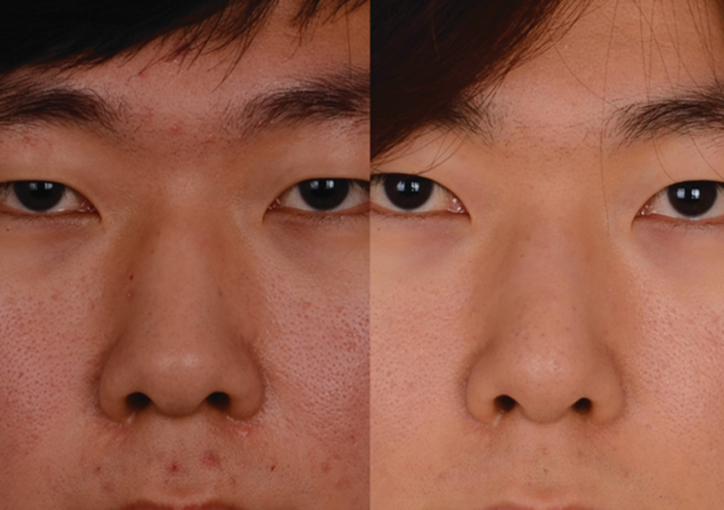
-
Nostril scar
The nostril is the opening of the nasal cavity. The vestibule which is the entrance of the nasal cavity has the concave wall. The violation of the wall concavity can be seen easily from outside. Nostril deformity can be corrected by restoring concavity of the vestibule and continuity of the columella
-
Short nose
The ratio of the projection to the length of the nose should be 1 to 1.5~1.7. The tip might be rotated upward too much by the previous surgery (cephalic rotation) to become a short nose.
Infection around the implant causes capsular contracture to shorten the nasal bridge and nasap tip deformity.
Capsular contracture is a response of the immune system to foreign materials in the human body. The occurrence of capsular contraction follows the formation of capsules of tightly-woven collagen fibers, created by the immune response to the presence of foreign objects surgically installed to the human body
Short nose due to cephalic rotation of the alar cartilage

short nose due to inflammatory contracture -
Nasal deformity distorted by the implant malposition.
The silhouette of the implant can be revealed through the skin or extruding due to inappropriate implant size or malposition. Deviated implant or cartilage graft(onlay or strut form) malposition can distort the neighboring cartilages frameworks permanently. The long-neglected alar cartilage and nostril deformities are hard to correct adequately. In this case, the reoperation should be done immediately even before 6 months after primary surgery. Thin skin coverage should be reinforced with the dermal graft.
Severe implant deviation -
Pinched tip deformity, too prominent tip
The tip can be narrower too much by inappropriate alar cartilage fixationor onlay graft protruding silhouette through the thin skin, pinched alar cartilage should be separated adequately with interposition cartilage graft and the skin thickness augmented with dermal graft. The natural lower nasal bridge should be slightly wider than upper part gradually.

fixation of alar cartilage at wrong point disrupt the normal tip width

Visible cartilage graft underneath thin skin coverage -
Blunt tip
The nasal tip is the most protruding part of the face. If the augmentation is done at slightly upper level than the exact apex of the tip, the tip is not projected but thicker and blunter than before.

Implant or grafts distorts the neighboring cartilage
Deviated implant or cartilage graft(onlay or strut form) malposition can distort the neighboring frameworks permanently. Long-neglected alar cartilage and nostril deformities are hard to be improved adequately.
Infection
Silicon or Goretex implant itself does not cause infections, but should be removed in case of definite infection. Because it might be a shelter for bacteria which cause an infammation. After 4~8 weeks, a new implant can be replaced safely.
-
Autogenous graft
Autogenous dermis
Inappropriate implant position deteriorates the normal thickness of the overlying skin. The skin thickness over the nasal tip should be compensated by dermal graft from tailbone area. The skin over the tailbone is the thickest of the human body.
Dermis is the second layer just beneath the epidermis layer mainly consisting of collagen. Donor site scar is about 1.5CM and hidden at the crest between two buttocks. We use dermal graft only for the nasal tip unlike some surgeons use for a whole length of nasal bridge. A dermal graft for a whole length nasal bridge might make nose too blunt and donor site scar noticeable.
Instead of dermis, temporal fascia or skin allograft donated by a human cadaver could be used for the rhinoplasty. But fascia is too thin and an allograft not that safe as an autogenous graft.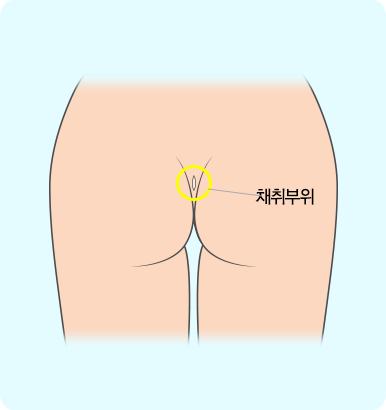

Autogenous cartilage
Unlike the stable upper nasal bridge, the nasal tip is mobile. Tip-plasty needs an autogenous cartilage graft to reduce the ratio of an artificial prosthesis.


conchal cartilage septal cartilage costal cartilage
For rhinoplasty, ear conchal cartilage, septal cartilage, and costal cartilage is used according to their elasticity, strength and texture. Autogenous cartilage graft forms its own blood supply and no physical stress is applied to over the covering skin. Some surgeons use the allograft cartilage donated by the human cadaver. But an allograft cartilage could be absorbed in their volume and vulnerable to infection. JJ does not use the allograft for revision rhinoplasty.
JJ does not use the allograft for revision rhinoplasty.
1. Toriumi DM1. Choosing Autologous vs Irradiated Homograft Rib Costal Cartilage for Grafting in Rhinoplasty. JAMA Facial Plast Surg. 2017 Mar 23
2. Wee JH, Mun SJ, Na WS3, Kim H, Park JH, Kim DK, Jin HR. Autologous vs Irradiated Homologous Costal Cartilage as Graft Material in Rhinoplasty. JAMA Facial Plast Surg. 2017 Mar 23. -
Preoperative Evalution &Measurement of the Nasal structure
3D CT evaluation/Preoperative Evalution &Measurement of the Nasal structure

Usually, the skeletal frameworks of the nose can be easily identified due to its thin skin and soft tissue covering. However, in the revision case, the thick scar and capsules beneath the skin envelope interfere identifying inner structure. This unpredictability in revision cases can be overcome with the 3 Dimensional CT scan, which provides shape and location of the implants and foreign body as well. More accurate information about inner framework can be much beneficial to result of surgery.
3D facial scanner
3 D scanner analysis/ Precise diagnostic system with 3D simulation
Fine evaluation of the facial surface anatomy could identify microscopic fine structural information without exposing radiation.
The 3D facial scanner in JJ is an optical stripe projection method (LED) which is harmless to the human body. It can scan the asymmetry and drooping of the pre-operative face and predict the post-operative appearance in 3D photo.
Unlike existing 2D-based diagnostic programs, 3D images are used for visualization and counseling. You can relieve the anxiety about the results of surgery and accurately share the goals of surgery between doctors and patients.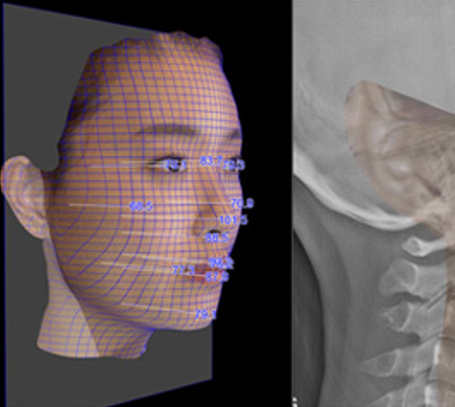

Before surgery:: Precise 3D virtual simulation
By scanning the face with multiple angles and performing comprehensive analysis with CT, the surgery can be planned and the change after surgery can be predicted through predictive simulation.After surgery:: Comparison of before and after with
Based on the results before and after, the actual changes can be seen from various angles in 3D -
Self Equipped Laboratory and X-ray facility
Preoperative check up can be done immediately at our own lab., Chemistry, Blood cell count, urine analysis, chest X-ray and 3D scan and CT, so you don’t need to wait for a long time to get the results.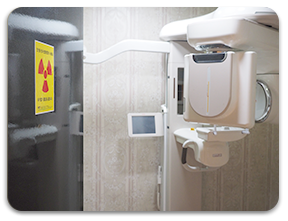

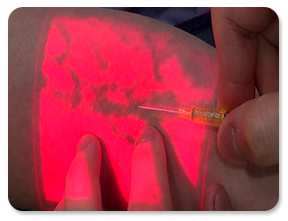

-
Safe Anesthesia monitored by a board-certified anesthesiologist
All procedures are performed under deep sedation or light general anesthesia via the venous Precedex administration closely monitored by an experienced board-certified anesthesiologist.
"Intesive care program for early recovery ICPER"
3~5days dressing removal with shampoo and hyperbaric oxygen therapy
7days LED care with whole stiches removal
10 days Fraxel lasers for Scar management (If necessary)
 |
Hyperbarric oxygen therapy High pressure oxygen environment could supply rich Oxygen to the wound tissue for an early recovery and clear wound healing |
 |
LED Therapy Increase blood supply to the tissue by blood vessel dilation through LED light thermotherapy. |

While an implant located on the upper part of the nasal bridge (nasal bone) is stable, that on the lower is relatively unstable and mobile to irritate the inner layer of the envelope skin and subcutaneous tissue. Generally, an L-shape implant is more vulnerable to the infection due to disproportion of the volume. Furthermore,
it is hard to align the elbow of the “L” at the exact tip point. Mismatching makes tip blunter rather than prominent.
Infection is the invasion of human body by disease-causing bacteria or virus, inflammation is part of the complex biological response of body tissues to harmful stimuli, such as pathogens, bacteria etc, and is a protective response involving immune cells, blood vessels, and molecular mediators. The function of inflammation is to eliminate the initial cause of cell injury, clear out necrotic cells and tissues damaged from the original insult and the inflammatory process, and initiate tissue repair.
Bacteria are killed effectively by the immune system, but there are shelters for them nearby implant where the blood supply reach hardly. That’s why the implant should be removed immediately. Implant removal can subside the infection/inflammation within 1~2days. Neglected infection can cause capsular contracture distorting neighboring tissue and structures. It is important to cure the infection to prevent contracture deformity.
While Silicon implant has smoother surface compatible for a female nose in compare with Goretex, mild irregularity over the Goretex implant due to its flexibility looks natural especially, in male patient. Because, rigidity of silicone implant hides the underlying bony undulation. However, there is no significant difference in a safety aspect between Silicon and Goretex.
quick menu open
-
Operating hours
- Weekdays
- 09:30~19:00
- Saturdays
- 09:30~17:30
- break time
- 12:00~13:00
-
Tel.
(+82)2.544.8807








